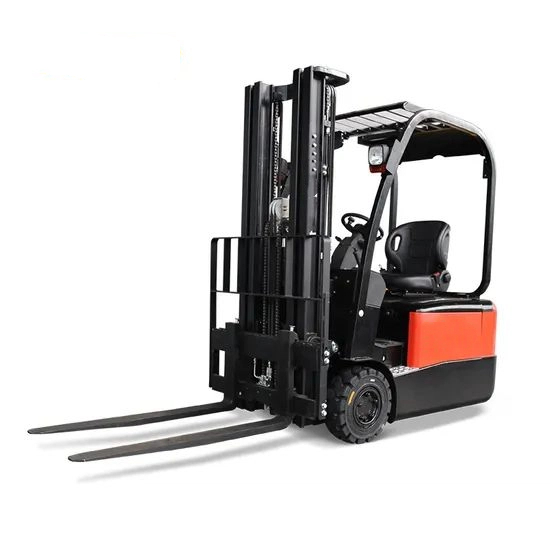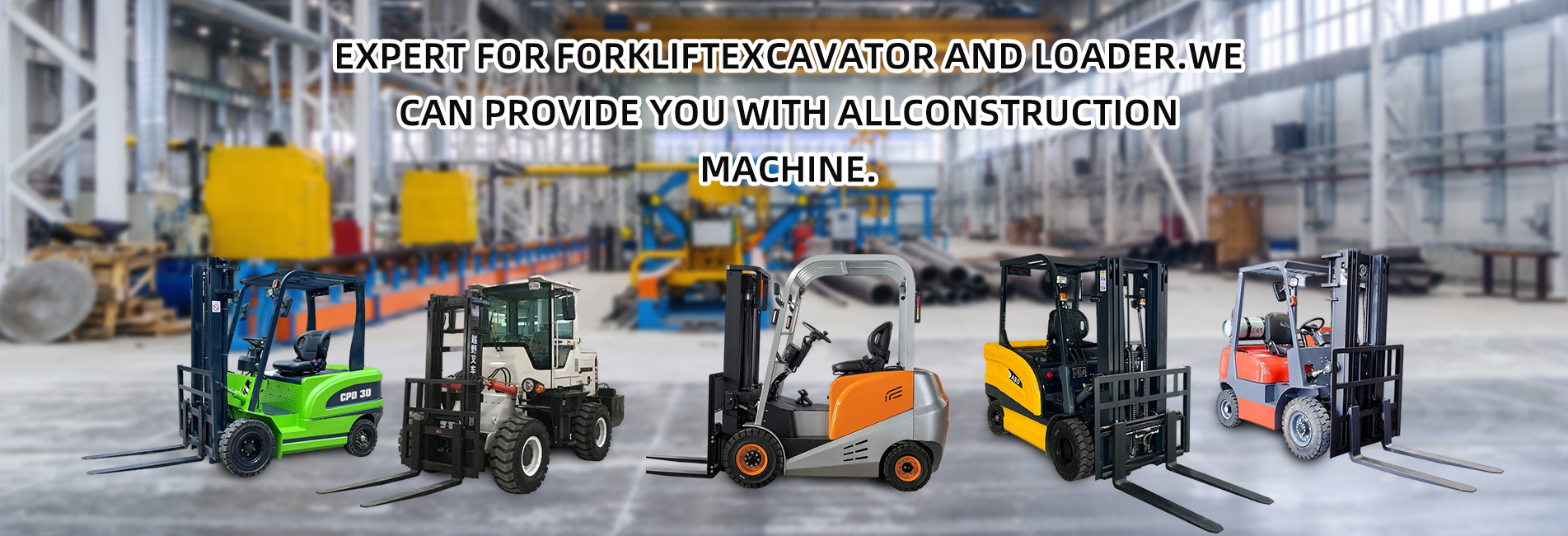There is no inherent "conflict" between electric forklifts and LPG (liquefied petroleum gas) forklifts. They are two types of forklifts with different power sources, each having its own applicable scenarios and characteristics, and they are more complementary rather than opposing. The choice of which type of forklift to use mainly depends on factors such as the working environment, operational needs, and cost budget. The following is a comparison of the differences between the two from multiple dimensions to help understand their applicable situations:

The "conflict" between the two mainly lies in the overlap or opposition of their scenario adaptability:
- If the working environment has strict requirements on emissions and noise (such as food factories, hospital warehouses), electric forklifts are the only choice, and LPG forklifts cannot be used due to emission problems. In this case, there is a "conflict";
- If it is in a well-ventilated outdoor area or a large workshop, and long endurance and fast energy replenishment are required, LPG forklifts have more advantages, while electric forklifts may be inconvenient due to endurance limitations. At this time, there is also a certain "conflict";
- However, in most cases, the two are more inclined to be complementary: for example, the same enterprise may have both indoor warehouses (using electric forklifts) and outdoor loading and unloading areas (using LPG forklifts) to meet the needs of different scenarios respectively.
Electric forklifts and LPG forklifts are not absolutely conflicting, but tools with their own advantages and disadvantages. The choice needs to be comprehensively judged based on factors such as the ventilation conditions of the working environment, environmental protection requirements, endurance needs, and cost budget. They can even be used in combination in the same working scenario to give full play to their respective advantages.



